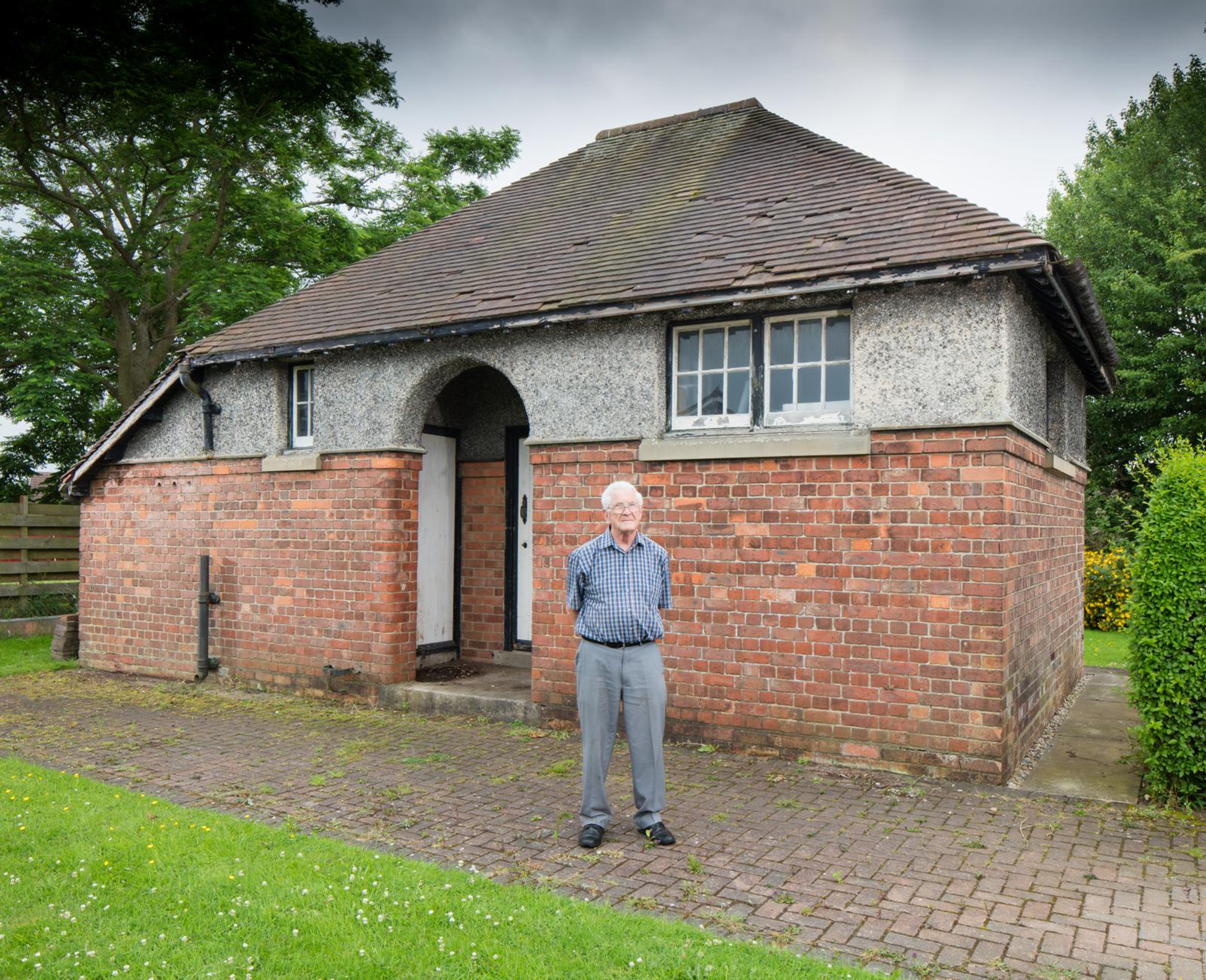Latest Listings in the North East
Find out which buildings and sites we've recently added to the List of places protected through the listing system. The List is officially known as the National Heritage List for England.
New listings announced to celebrate 70 years of protecting England's historic buildings
A First World War (WW1, WWI, World War One) wireless station in Stockton is one of five fascinating places that have been listed to mark 70 years of protecting England's extraordinary historic buildings by the Department for Digital, Culture, Media and Sport (DCMS) on the advice of Historic England.
Listing identifies the buildings, sites and landscapes which are architecturally or historically special enough to receive protection, so they can be enjoyed by current and future generations. Today the National Heritage List for England (The List) has over 400,000 entries.
The Wireless Station (1912-1913) at Stockton-on-Tees in County Durham was listed at Grade II and is thought to have been the Royal Navy's only station capable of intelligence gathering at the outbreak of the First World War.
Now a private home, in its heyday Y Station Stockton was an integral part of a network of sites feeding information to the military and was perfectly positioned to monitor communications across the North Sea. Very few First World War wireless stations have survived so this building is special as a rare example from the early days of wireless technology.





